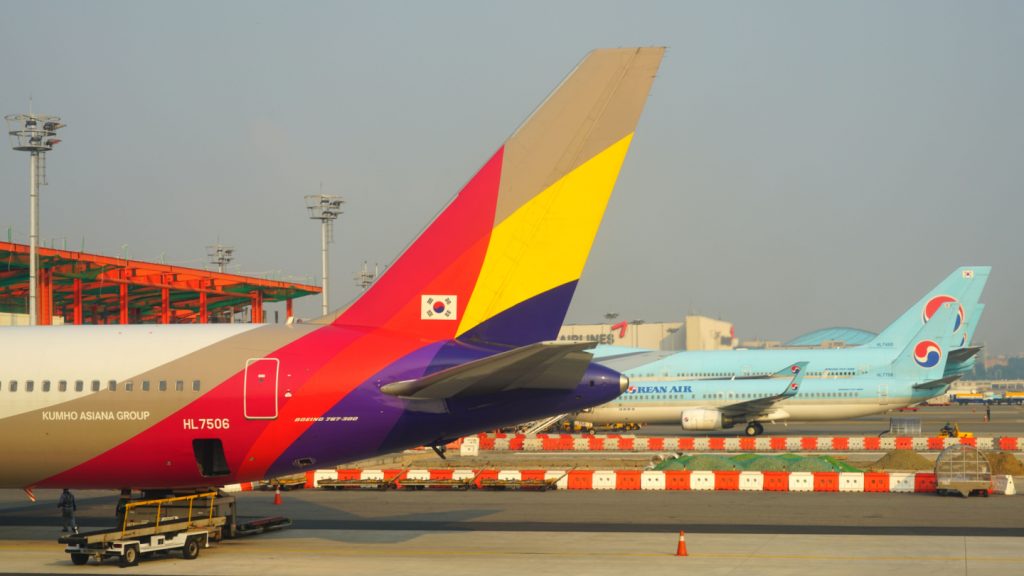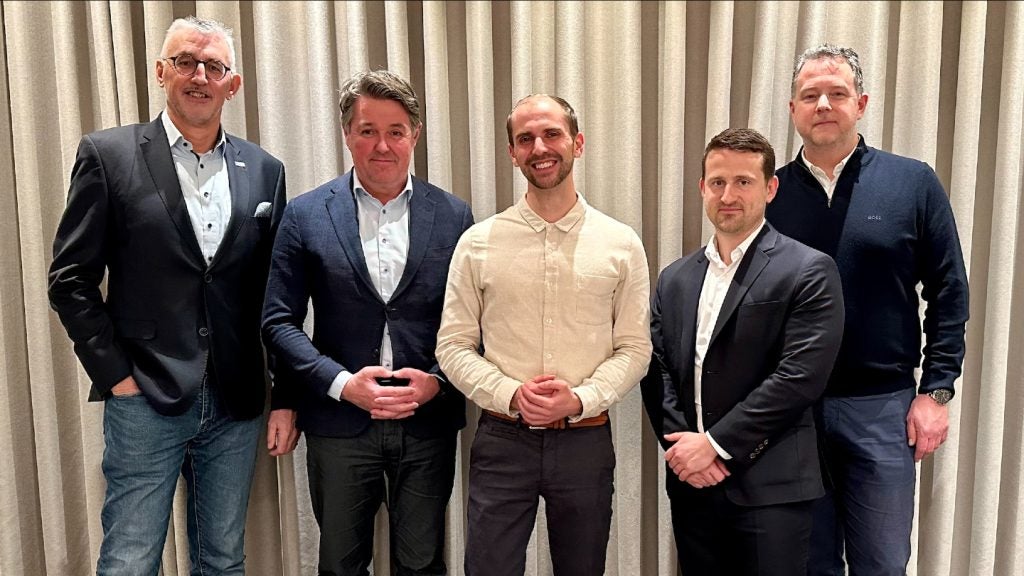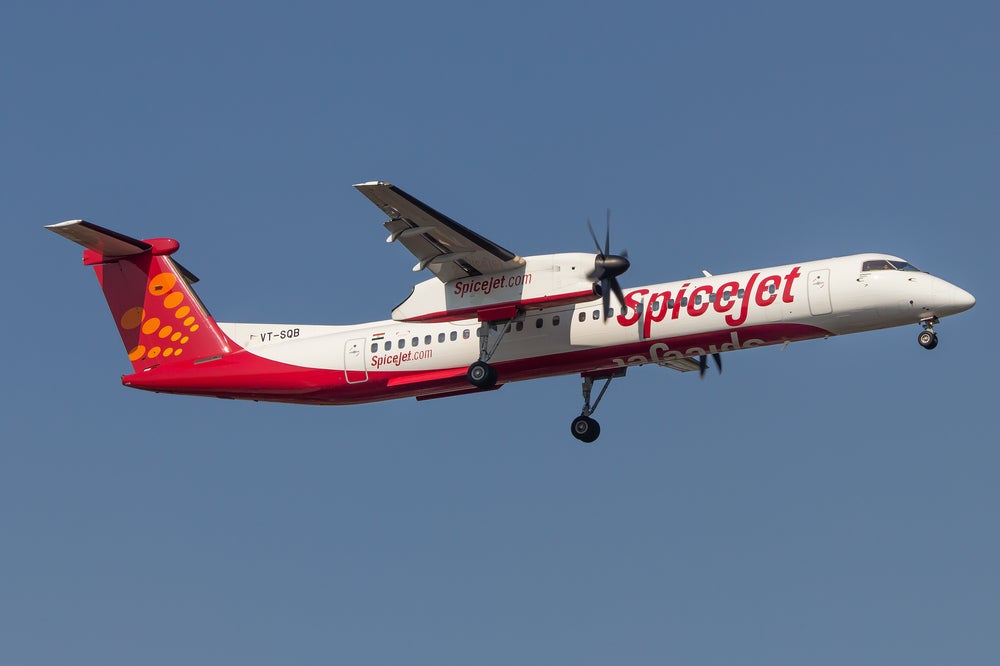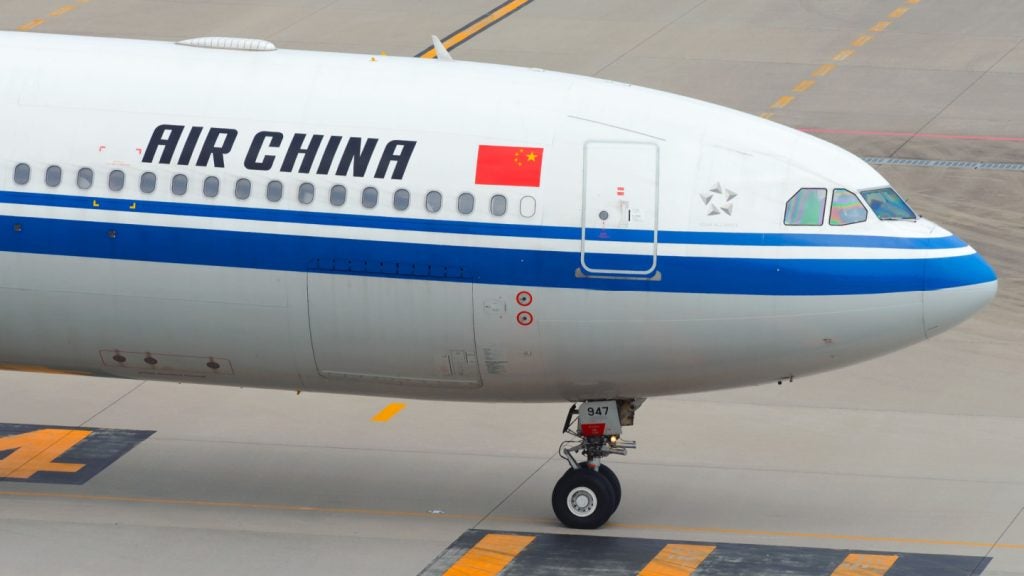
In an industry as complex as air travel, it is no easy matter to bring all parties to the table and encourage them to share information. Nevertheless, great strides have been made in this regard, in the US at least, thanks to the benefits that collaborative decision making (CDM) can offer to all users of the National Airspace System (NAS), including airlines, airports, regulators and, ultimately, passengers.
CDM began as the FAA / airline data exchange (FADE) programme in 1993, which set out to explore whether updated schedule information from users of the NAS would have an impact on traffic flow management (TFM) decision making.
To work, CDM requires effort by all parties involved in the flow of air traffic, but the incentive is that all can benefit from the improved efficiency and flexibility it can offer. “There was a time when the FAA would be more directive in terms of how users operated in the NAS. We told them what routes they could fly, but now we want to get everyone to see the same picture to make the best system decisions,” says Mike Sammartino, director of systems operations for the FAA.
“For instance, the military still runs the largest fleet of any user group, so it is important that they be included in the process. CDM is about all parties sharing information with the aim of enabling them to make group decisions. For aircraft operators this means they can make decisions based on their business model, which they can submit to the FAA, and which can be implemented if it is consistent with overall system goals,” he adds.
Planning is the key to efficiency, and CDM enables that planning to be more flexible and dynamic. It gives a more complete picture of NAS demand as well as its constraints, which allows aircraft operators to respond more quickly and more effectively. They can model different allocations of resources and the consequences of their decisions, enabling them to choose the most viable scenarios.
See Also:
This modelling process also allows them to predict fuel requirements for each flight. If, for instance, a destination airport is at full capacity a user can assess the predicted delay and allocate extra fuel for flights that might be delayed in the air.
How well do you really know your competitors?
Access the most comprehensive Company Profiles on the market, powered by GlobalData. Save hours of research. Gain competitive edge.

Thank you!
Your download email will arrive shortly
Not ready to buy yet? Download a free sample
We are confident about the unique quality of our Company Profiles. However, we want you to make the most beneficial decision for your business, so we offer a free sample that you can download by submitting the below form
By GlobalDataSafety, of course, is paramount. CDM improves the flow of information between all parties, so sudden changes in weather, reported by a pilot for example, can be quickly reported to any other aircraft operator that may be impacted, allowing them to reroute flights if necessary. The collaborative routing enabled by CDM allows airlines to alter filed routes more quickly, and enhances an air traffic controller’s view of the flow of traffic.
The key elements for CDM’s success are industry cooperation and the rapid exchange of information, and there has been good progress on all fronts. The industry seems willing to embrace not only the tools of CDM, but also the broader ideas on which it rests.
“CDM is both a philosophy and a process. We do both,” remarks Sammartino. “We have developed a philosophy of collective knowledge, operation and communication. We also have a toolkit for all aviation customers. CDM links all aspects of the aviation industry. It enables end-to-end operation.”
A win-win scenario
The success of CDM will ultimately be determined by the tangible benefits it delivers to all parties in the cross-industry project. Commercial airlines certainly see the potential to improve decision-making processes, not only in regard to safety, but also for commercial gain. “From the aircraft operators’ perspective, CDM gives me the opportunity to make better business decisions,” says Lorne Cass, managing director, ATM, Northwest Airlines. “The industry is unique in that it is deregulated, but as soon as an aircraft closes its doors and leaves the gate it enters a highly regulated environment. When we share information with the FAA we find we make better decisions.”
As an example, Cass highlights the numerous flights each day that rely on connections, and the opportunity CDM gives an airline to prioritise planes in queues to ensure that as few connections as possible are missed. He also picks out the importance of responding to factors that can suddenly impact air traffic flows, in particular the unpredictable nature of weather systems.
“On the rare occasions when there are irregular operations we can now make the best decision for our business. We can, for instance, choose a flight with the most connections to go to the head of the queue. If our planes are in a stack above the airport we can coordinate the landing order of our jets – though not those of other airlines,” he explains. “If there is no collaboration you can miss important opportunities. CDM helps us to leave as near on-time as possible and can help us with more efficient routing when fuel prices are very high. Automation makes that real-time communication possible,” says Cass.
CDM is a clear example of how relationships within the industry have changed. The role of the service provider in the project is to not to restrict, but to enable users to operate as close to their desired business model as possible. “We are not making business decisions for our customers. We provide flow management services, and we believe in strong input from the aviation community. I believe it is truly a win-win situation,” says the FAA’s Sammartino.
That fine-tuning is likely to be influenced by players on a wider stage, as the benefits of CDM have prompted interest from around the world. The FAA is already exchanging information with aviation authorities in Mexico and Canada, there are agreements in place with countries in South America, and talks are ongoing with interested parties in Japan.
“In Mexico and South America there has been an amazing effort by the service providers, who have seen the benefit of CDM. There can be trepidation and concern in the initial phases, but we have been doing this for 15 years,” remarks Sammartino. “Initially, sharing may feel like giving up control, but that is not the case. We manage the system, but it is not about control. Our priorities are safety, efficiency and security.”
Most significant perhaps, is the cooperation between US authorities and EUROCONTROL, which is itself working with Airports Council International Europe (ACI) on collaborative ground processes to as part of a joint action to increase the capacity of airport infrastructure across Europe. This effort includes CDM between operators, airlines and air navigation service providers at over 40 European airports.
The FAA is keen to increase collaboration between the European and North American CDM efforts and to promote the mutual benefits of this partnership. Cass has recently been involved in giving a presentation on the current state of US surface operations to stakeholders in Europe at a meeting hosted by EUROCONTROL.
“We’ve exchanged thoughts with EUROCONTROL over many years, but now we are aligning more closely to make the approaches to CDM in Europe and the US as similar as possible,” says Cass. The combination of US and European approaches to CDM could be of prime importance to its future development, given that the focus has been different on either side of the Atlantic. Efforts in Europe have been rooted more in the airport context, while in the US the focus includes both airport and en-route CDM.
Shaping the future
The efforts by industry stakeholders in the US or in Europe to develop the philosophy and practice of CDM are in themselves challenging, and the complexity of linking these projects puts a heavy burden on the technology that will support the next generation of the system. Automation is key, particularly if CDM is to deliver the timely information that supports faster, better decision making.
“As we move down the road towards SESAR in Europe we must give the mundane tasks to technology, though with some human input. Our future concepts team is looking at CDM ideas for further down the road, including the electronic negotiation of flight trajectory,” says Cass.
In the US, another key focus will be to improve data flows around weather systems as a powerful influence on routes and schedules. “In the US, we have a lot of convective weather, so we need accurate predictions as to where and how intense it will be. We could marry that to flight plan data to get better planning processes,” suggests Sammartino.
While the technical issues are being dealt with there must also be a parallel effort to fuel the willingness of airlines to collaborate fully in the CDM programme. Airlines that have been involved so far have found there to be a constructive dialogue with the FAA, though tough decisions sometimes require tough talk.
“We don’t always sing the same tune, and there is some conflict, but that’s how we learn to walk in each other’s shoes. There is openness and respect between us, but we are not bashful and we are willing to work through the difficult issues. There is a lot of passion about CDM and people believe in the process, so we usually get to industry consensus,” says Cass.
Given that airports, airlines and regulatory authorities share similar goals and can all see the benefits of CDM, there will be no let up in the momentum behind the programme. “CDM is in a very good spot, though we have many pressing issues to address. It could transform what we know as ATM, though we can use existing equipment to get the low-hanging fruit. In the next 20 years CDM will be a fundamental part of how air traffic is managed around the world,” he adds.
There can be no doubt that CDM is the future. The only question that remains is how many steps are left on the journey.







